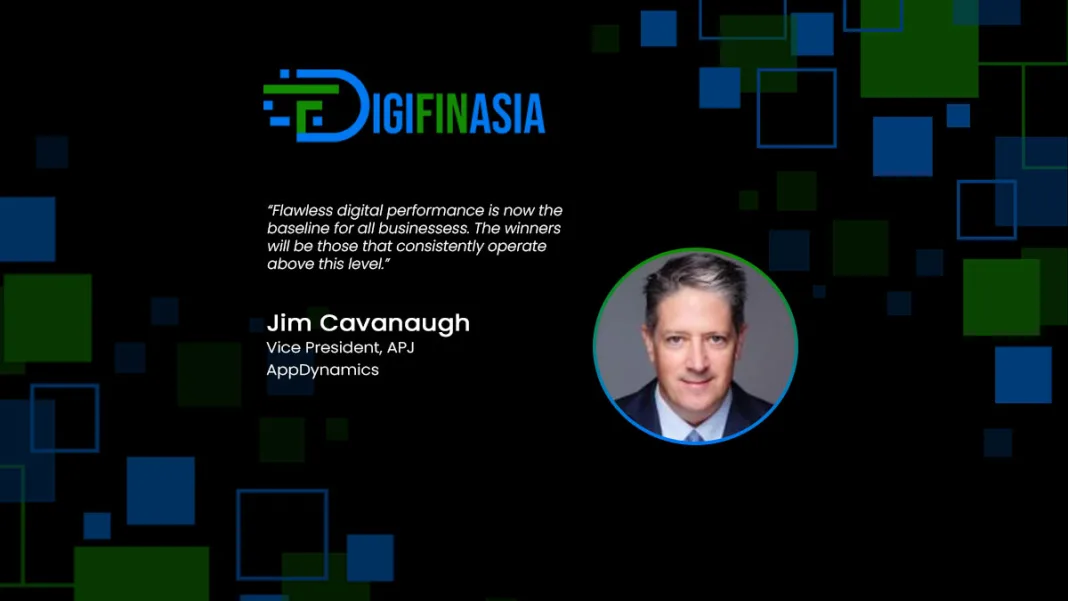Just like an uncontrollable knee-jerk reflex, banking clients now intuitively demand personalized service and a top-notch digital experience, everytime.
Since the Monetary Authority of Singapore’s announcement of digital banking licenses, more than 20 firms have submitted their applications. These new digital-only banks offer a wide range of services over the internet, which would usually be offered in person at brick-and-mortar bank outlets. At the same time, traditional banks in Singapore have digitalized by introducing comprehensive e-Banking services and apps.
According to a PwC survey, 71% of Singapore residents have at least one pain point with traditional banking, and they are ready and willing to try out digital banking solutions. This change is likely to cause disruption in the market with inevitable competition between the two types of banks.
As our reliance on digital banking services continues to increase, one thing is clear: providing exceptional digital performance and world-class customer experiences are no longer aspirational—they are business-critical.
The rise of applications in a digitally-connected world
As people and devices become increasingly connected, the usage of apps is now an intrinsic part of our daily lives. Be it email, weather forecasting or financial services, these app can be anything from dedicated smartphone apps, to browser-based applications; but one thing is for sure—we have entered the ‘Era of Digital Reflex’.
We coined this title in our App Attention Index 2019 report (a survey of 7,000 global consumers in five countries) as a way of describing how consumers now use digital services almost as an extension of their body—automatically and unconsciously. We have come a long way since the initial introduction of a smartphone where we had to make conscious efforts to use apps; today, we do our jobs, duties and almost everything else by reflex on apps.
As apps become part and parcel of daily life, consumer behavior is changing. Rather than being loyal to brands, consumers are instead loyal to apps. And the experience apps provide is now paramount for winning and retaining customers.
Soon, consumers can expect yet more financial services at their fingertips—the ability to access banking services at their convenience. However, in this competitive landscape, what must banks do to ensure that they stand out from their competition?
- Know the impact of digital performance on customer loyalty
Today, customers demand increased quality and personalization from services. In the App Attention Index 2019, we found that 50% of consumers were willing to pay more for an organization’s product or service if its digital services were better than its competitors’. Furthermore, 58% of consumers picked their banks based on the ability to perform all transactions digitally.
To stand out from the competition, banks must not only a completely digital product—it must be streamlined as well. From the simple to the complex functions, their product must offer the same complete suite of services offered by traditional banks. Although most customers use less than a quarter of available bank services, banks cannot afford to overlook any of these. - Be wary of gaps in digital performance
There are also risks involved in going digital. Digital innovation must be executed with performance and quality kept in mind—or there is the risk of not being able to keep pace with rising consumer expectations.
More than 55% of consumers admitted that problems and frustrations with digital services affected them for longer than they would have liked. Customers admitted they would swear, become irritable, and even toss their phones in a fit of anger. The causes: slow response and loading times, a lack of availability, insufficient functionality and interfaces that were not easy to use; to name a few.
Beyond subjecting consumers to such angst, performance issues occur daily across all types of digital services. In the last year alone, our research indicates that as much as 84% of consumers have experienced problems with digital services, while 66% of consumers would avoid trying a brand associated with poor digital experiences. - Drive loyalty and reduce risk through APM
Digital banks can ensure that their customers enjoy world-class digital experiences by monitoring the performance of applications. Implementing a robust application performance monitoring solution enables organizations to safeguard the performance of mission-critical applications and user experiences in production. With such tools, organizations can align performance to business outcomes, measuring and analyzing the performance of applications and correlating this to business performance. This ensures that digital services are always aligned to business objectives, such as customer experience and revenue.
The opportunity to disrupt the banking sector and drive new revenues is clear. But banks must leverage technology to ensure that they provide incredible digital experiences. For those brands that get it right by consistently delivering world-class experiences, the opportunity to drive customer loyalty and grow revenue through digital services is unlimited.
But, get it wrong, and the result is angry customers, lost revenue and a tarnished brand. Flawless digital performance is now the baseline for all businesses. The winners will be those that consistently operate above this level.



